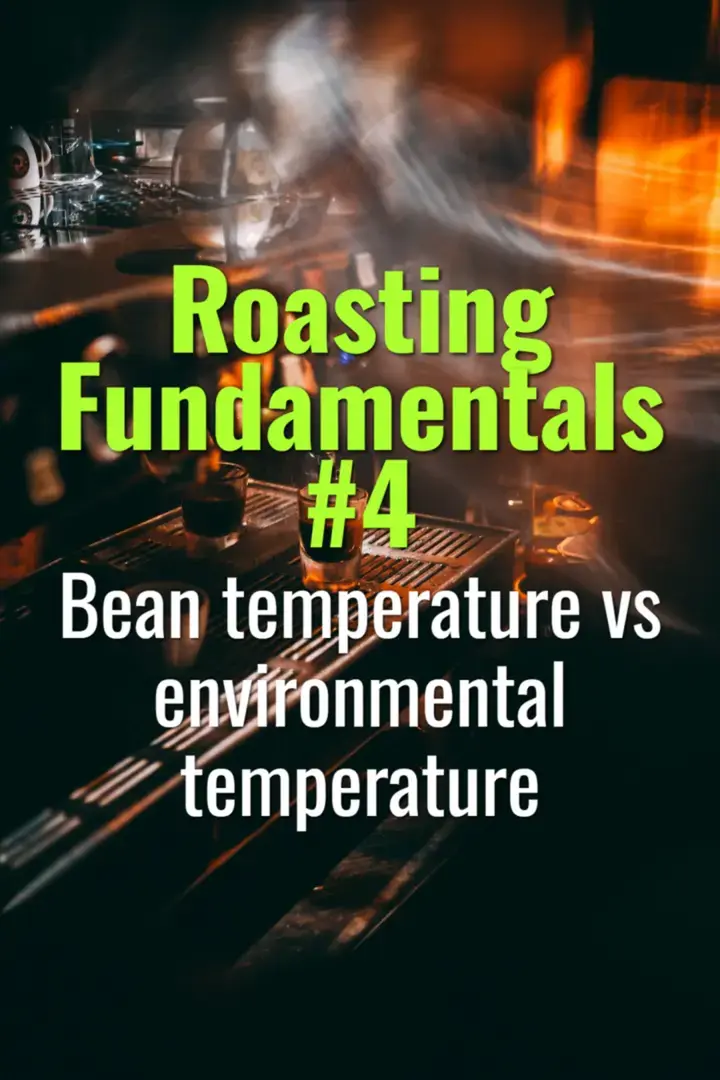Bean temperature vs environmental temperature
This topic explains the relationship between the bean temperature and the surrounding environment during roasting, how heat transfer affects roast development, and why monitoring both is essential.
- Coffee Basics Nerds
- 1 min read
Article 4 of 12 in Roasting Fundamentals/

Key Concepts
- Environmental temperature (ET): The temperature inside the roasting chamber or drum.
- Bean temperature (BT): The actual temperature of the coffee beans, which lags behind ET due to thermal inertia.
- Delta T (ΔT): Difference between ET and BT; crucial for understanding heat transfer dynamics.
Heat Transfer Mechanisms
- Conduction: Direct contact of beans with hot drum surfaces.
- Convection: Hot air circulating around and through the beans.
- Radiation: Infrared heat from the roaster walls or flame.
Temperature Profiles
- Early roast: ΔT is high; beans absorb heat rapidly.
- Mid roast: ΔT decreases as beans approach ET; Maillard reactions begin.
- Development stage: BT closely follows ET; careful control needed to avoid overshoot.
Monitoring & Control
- Probe placement: Ensure accurate measurement for both BT and ET.
- Rate of rise (RoR): BT change over time; guides adjustments to heat input.
- Adjustments: Lower ET if BT rises too fast; increase airflow or heat to accelerate BT rise.
Practical Implications
- Maintaining proper BT vs ET allows control over:
- Roast uniformity
- Flavor development
- Avoidance of scorching or tipping
Summary
Understanding BT vs ET dynamics ensures precision roasting, helping roasters achieve the desired flavor profile while preventing defects and ensuring consistent batch quality.